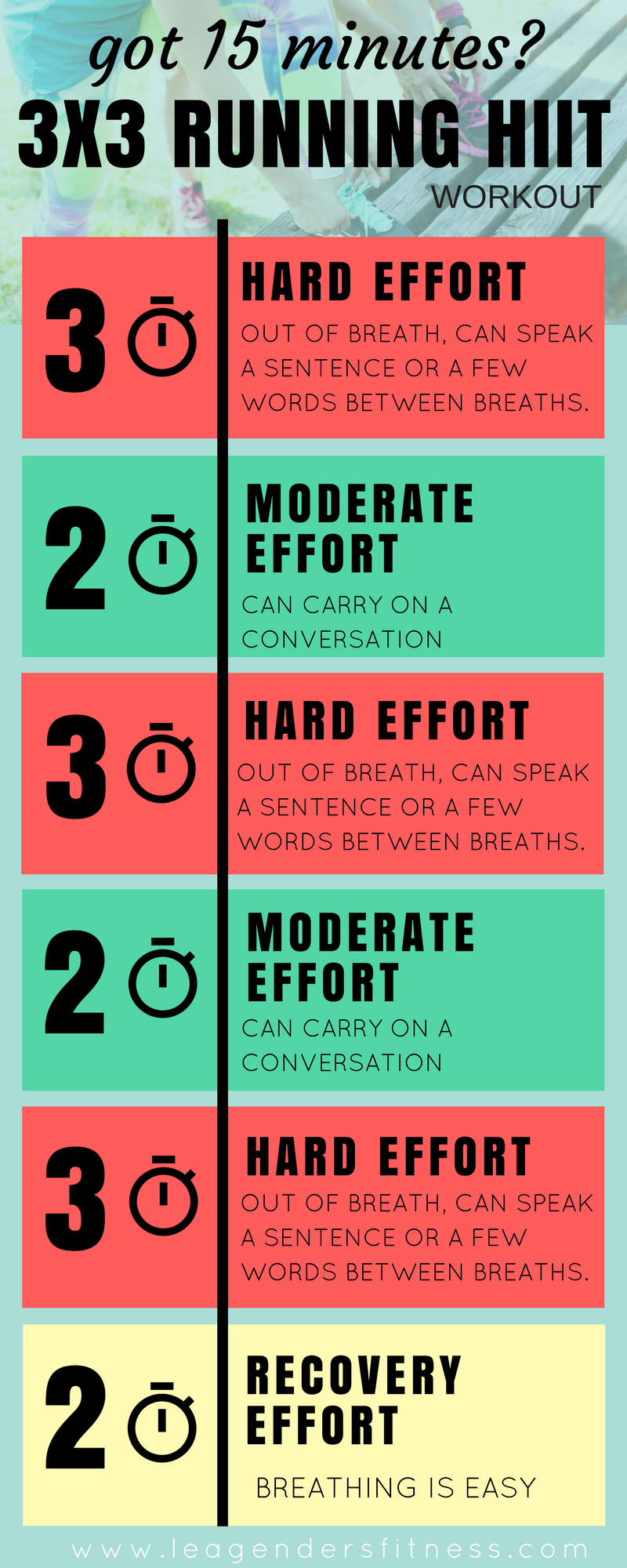Boost Your Running Strategy with Proven Techniques
Boost Your Running Strategy with Proven Techniques
Blog Article
Handling Typical Running Pains: Causes, Solutions, and Avoidance
As joggers, we frequently come across numerous discomforts that can prevent our efficiency and satisfaction of this physical task. By discovering the origin factors for these operating discomforts, we can reveal targeted services and precautionary procedures to make sure a smoother and extra meeting running experience.
Usual Running Discomfort: Shin Splints
Shin splints, a typical running pain, commonly arise from overuse or incorrect footwear during exercise. This problem, clinically understood as median tibial anxiety disorder, materializes as discomfort along the internal side of the shinbone (tibia) and is common among athletes and runners. The repetitive stress and anxiety on the shinbone and the cells connecting the muscle mass to the bone results in inflammation and discomfort. Joggers that swiftly boost the intensity or duration of their exercises, or those who have flat feet or inappropriate running methods, are especially at risk to shin splints.
To protect against shin splints, individuals should gradually enhance the intensity of their workouts, use appropriate footwear with proper arch support, and maintain flexibility and strength in the muscles surrounding the shin (running workout). Additionally, integrating low-impact tasks like swimming or biking can aid preserve cardio physical fitness while enabling the shins to heal.
Typical Running Pain: IT Band Syndrome
In addition to shin splints, one more common running pain that professional athletes often encounter is IT Band Disorder, a problem triggered by swelling of the iliotibial band that leaves the external upper leg and knee. IT Band Syndrome generally manifests as discomfort outside of the knee, specifically during activities like running or biking. The iliotibial band is a thick band of fascia that links the hip to the shin, and when it becomes swollen or limited, it can rub against the upper leg bone, causing discomfort and discomfort.
Joggers experiencing IT Band Syndrome may discover a painful or hurting sensation on the external knee, which can get worse with continued activity. Aspects such as overuse, muscle mass discrepancies, improper running kind, or insufficient warm-up can add to the advancement of this problem. To stop and alleviate IT Band Disorder, runners should concentrate on stretching and reinforcing exercises for the hips and upper legs, appropriate footwear, progressive training development, and dealing with any biomechanical problems that may be worsening the problem. Overlooking the signs of IT Band Disorder can result in persistent problems and extended recuperation times, emphasizing the significance of very early treatment and appropriate monitoring techniques.
Common Running Discomfort: Plantar Fasciitis

Plantar Fasciitis can be credited to numerous factors such as overtraining, improper footwear, running on difficult surfaces, or having high arches or flat feet. To stop and ease Plantar Fasciitis, joggers can include extending workouts for the calf bones and plantar fascia, put on encouraging shoes, keep a healthy and balanced weight to lower pressure on the feet, and progressively raise running strength to stay clear of unexpected anxiety on the plantar fascia. If signs and symptoms continue, it is suggested to speak with a health care expert for correct medical diagnosis and therapy choices to attend to the condition efficiently.
Common Running Discomfort: Jogger's Knee
After resolving the obstacles of Plantar Fasciitis, an additional prevalent concern that runners typically deal with is Jogger's Knee, a typical running discomfort that can prevent athletic performance and create pain during exercise. Jogger's Knee, likewise known as patellofemoral discomfort disorder, materializes as pain around or behind the kneecap. This problem is usually associated to overuse, muscle imbalances, inappropriate running methods, or problems with the placement of the kneecap. Runners experiencing this discomfort might feel a plain, aching discomfort while running, increasing or down stairs, or after long have a peek at this website term periods of resting. To avoid Runner's Knee, it is vital to integrate correct warm-up and cool-down regimens, preserve solid and balanced leg muscular tissues, use appropriate shoes, and gradually boost running intensity. If signs and symptoms persist, consulting from a medical care professional or a sporting activities medicine expert is advised to diagnose the underlying reason and develop a tailored therapy plan to ease the pain and avoid more problems.
Typical Running Pain: Achilles Tendonitis
Generally afflicting runners, Achilles Tendonitis is an agonizing problem that influences the Achilles tendon, causing discomfort and potential restrictions in physical task. The Achilles tendon is a thick band of tissue that links the calf bone muscular tissues to the heel bone, crucial for activities like running, jumping, and walking - check over here. Achilles Tendonitis usually develops due to overuse, incorrect shoes, poor extending, or abrupt increases in physical activity
Signs of Achilles Tendonitis include discomfort and rigidity along the ligament, particularly in the morning or after durations of lack of exercise, swelling that intensifies with activity, and perhaps bone stimulates in chronic instances. To protect against Achilles Tendonitis, it is necessary to stretch properly in the past and after running, use suitable footwear with appropriate support, progressively boost the intensity of workout, and cross-train to minimize repetitive stress on the ligament.
Conclusion

Report this page